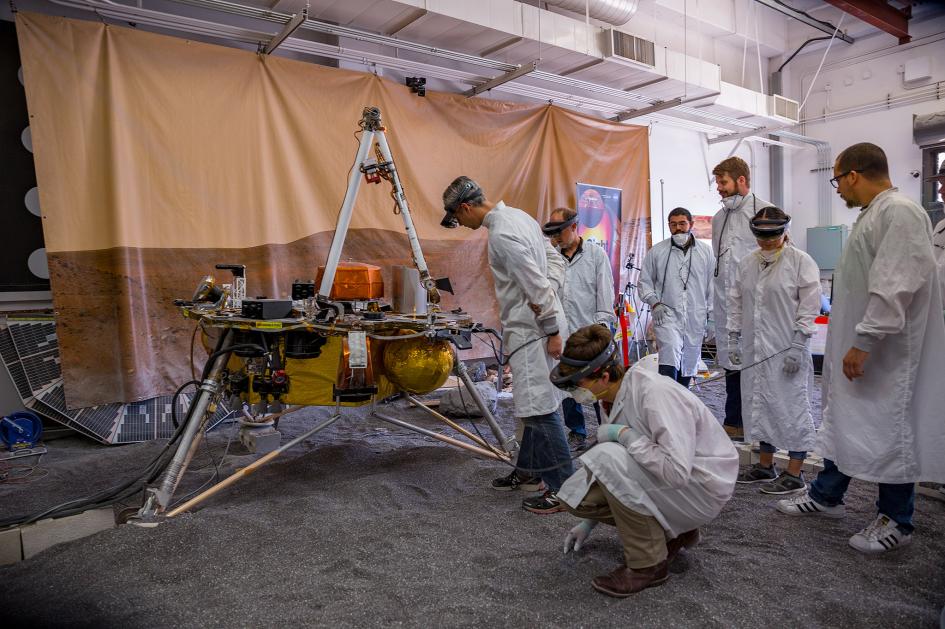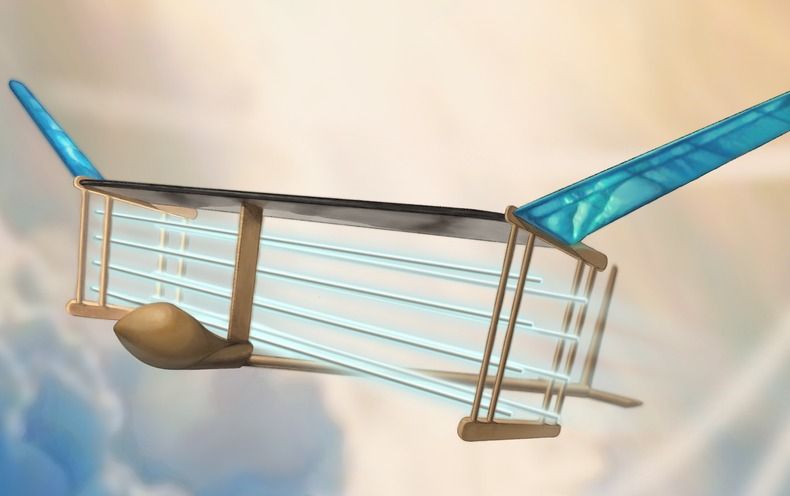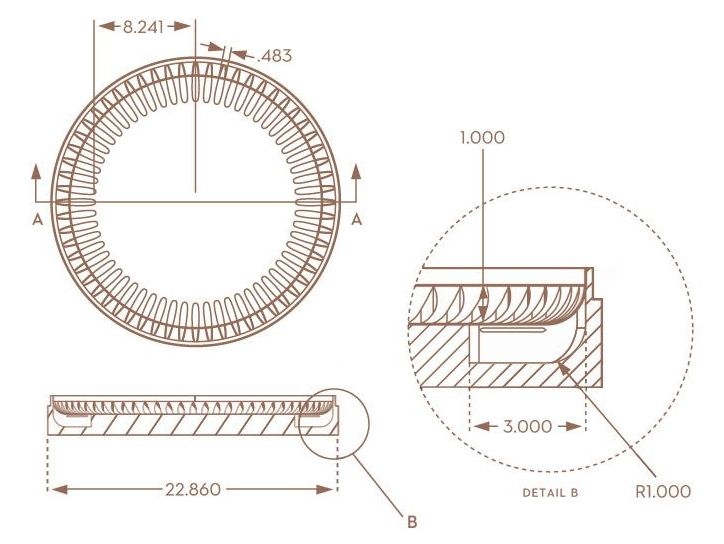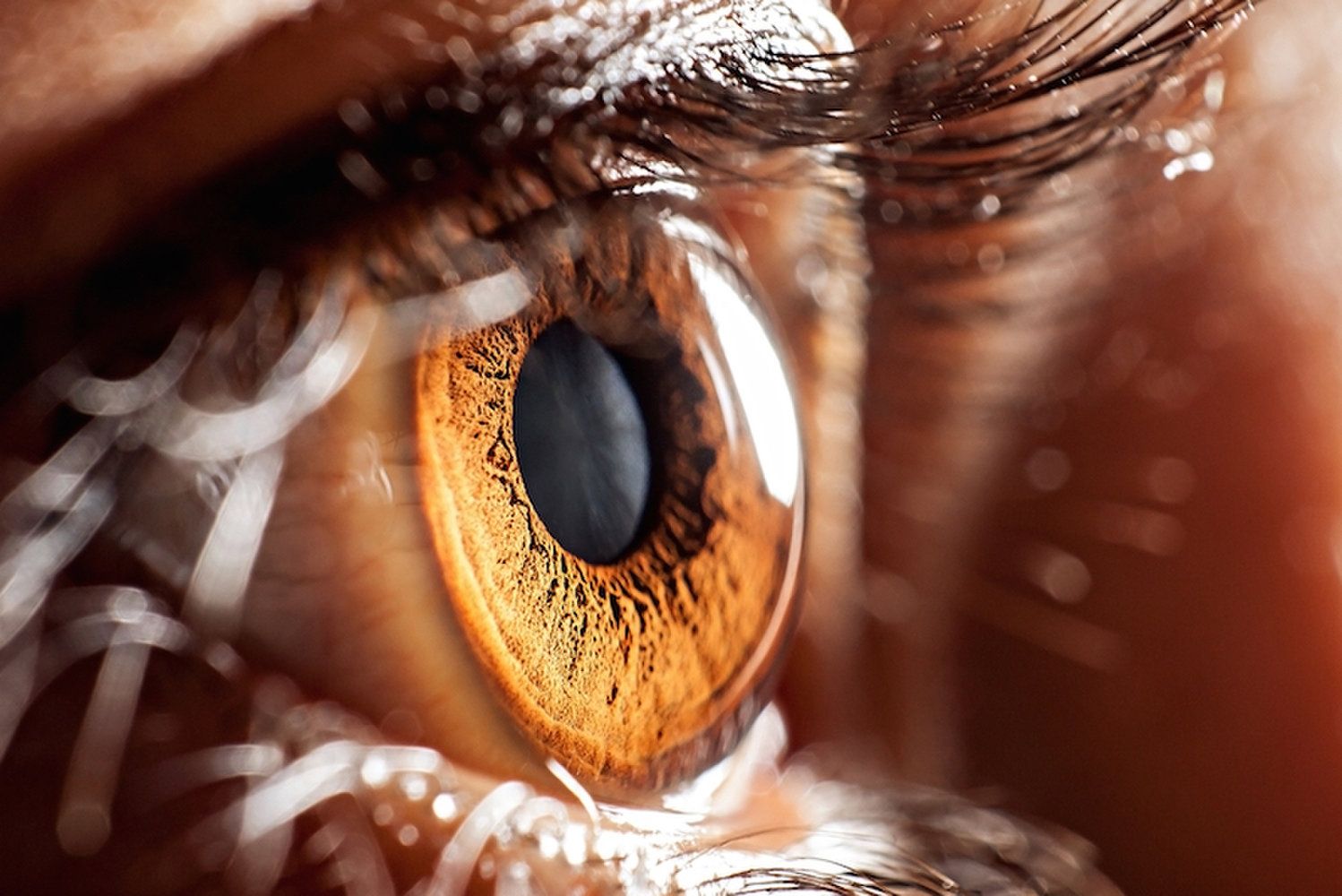Page 8551
Nov 21, 2018
First flight of ion-drive aircraft
Posted by Klaus Baldauf in categories: futurism, transportation

A remarkable machine propelled by ionic wind could signal a future with cleaner aeroplanes.
Nov 21, 2018
Landing on Mars is harder than you think. Here’s how NASA prepares
Posted by Genevieve Klien in categories: robotics/AI, space
Nov 21, 2018
40 Million People With Diabetes Will be Left Without Insulin by 2030
Posted by Genevieve Klien in category: biotech/medical
Insulin will be beyond the reach of around half of the 79 million people expected to be living with diabetes in 12 years time, a new study predicts.
Nov 21, 2018
Silent and Simple Ion Engine Powers a Plane with No Moving Parts
Posted by Genevieve Klien in categories: space, transportation
Researchers fly the first atmospheric aircraft to use space-proven ionic thrust technology.
- By Angus Chen on November 21, 2018
Nov 21, 2018
Meet the woman who discovered a whole new type of galaxy
Posted by Genevieve Klien in category: space
Turkish-born astrophysicist Burçin Mutlu-Pakdil shares her name with a rare double ring of stars more than 350 light-years away.
Nov 21, 2018
Senescent Cell Therapies and Future Directions
Posted by Steve Hill in categories: biotech/medical, life extension
We wanted to bring your attention to a recent publication that discusses the topic of cellular senescence and the contributions of senescent cells to aging and disease [1].
What is perhaps the most interesting part of this paper is the section covering the potential future directions that researchers may take in managing senescent cell populations in order to mitigate age-related disease.
The author writes not only about the direct destruction of senescent cells via senolytic drugs but also about the modulation of the harmful secretions these cells produce, which are called the senescence-associated secretory phenotype (SASP).
Continue reading “Senescent Cell Therapies and Future Directions” »
Nov 21, 2018
Improbable Thruster Seems to Work by Violating Known Laws of Physics
Posted by Genevieve Klien in categories: energy, physics, satellites
Every action creates an equal and opposite reaction. It’s perhaps the best known law of physics, and Guido Fetta thinks he’s found a way around it.
According to classical physics, in order for something—like a spaceship—to move, conservation of momentum requires that it has to exert a force on something else. A person in roller skates, for example, pushes off against a wall; a rocket accelerates upward by propelling high-velocity combusted fuel downward. In practice, this means that space vessels like satellites and space stations have to carry up to half their weight in propellant just to stay in orbit. That bulks up their cost and reduces their useful lifetime.
Nov 21, 2018
Scientists find way to melt gold at room temperature
Posted by Genevieve Klien in category: physics
Melting gold normally requires temperatures upwards of 1,064° C (1,947° F), but physics is never quite that simple. A team of researchers has now found a way to melt gold at room temperature using an electric field and an electron microscope.
Nov 21, 2018
Infectious ‘Prions’ Found in the Eyes of Patients with Fatal Brain Disease
Posted by Genevieve Klien in categories: biotech/medical, neuroscience
People with the rare and fatal brain disorder Creutzfeldt-Jakob disease (CJD) show signs of the disease in their eyes, according to a new study.
The study found evidence of prions — the infectious proteins that cause the disease — in the eyes of nearly a dozen patients with CJD.
The findings suggest that patients’ eyes could potentially provide a “window” to the brain that may help researchers diagnose the disease early, if new eye tests are developed. [’Eye’ Can’t Look: 9 Eyeball Injuries That Will Make You Squirm].
Continue reading “Infectious ‘Prions’ Found in the Eyes of Patients with Fatal Brain Disease” »

















